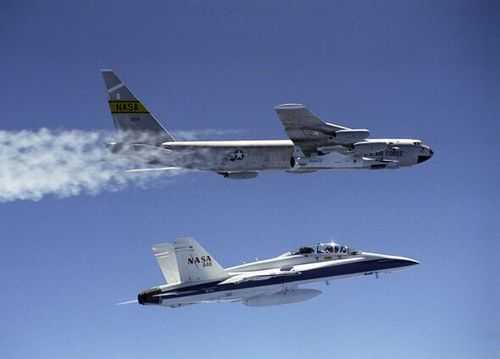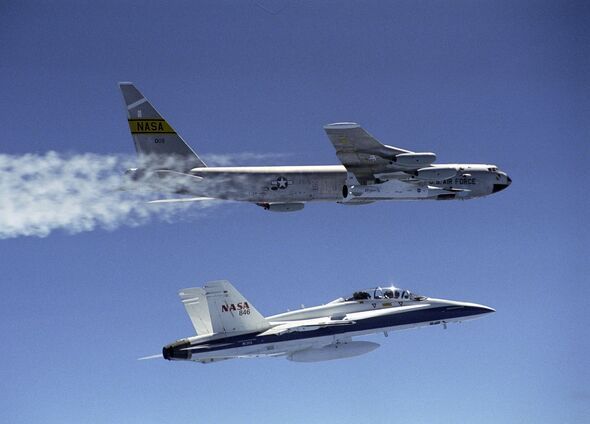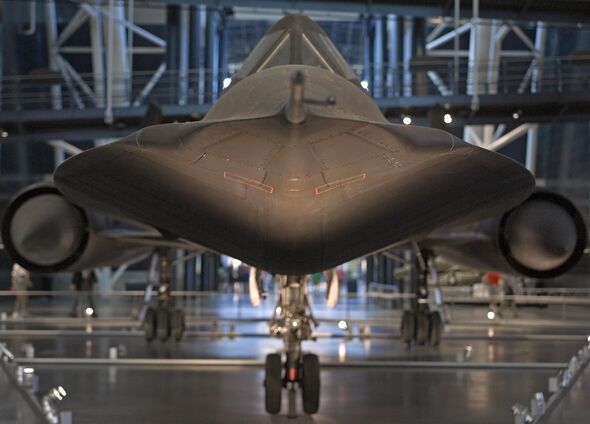

Despite the world's military technology reaching unprecedented heights, one older champion from the 2000s still holds its crown in 2025. Even with recent advancements and a deeper understanding of flight science, the world's fastest jet remains unbeaten.
The X-43 still tops the - which includes military aircrafts and both active and inactive experimental projects. This marvel was developed as part of NASA's X-plane series - a collection of US aircraft and rockets used to test and evaluate new technologies and aerodynamic concepts.
The NASA X-43 is an experimental unmanned aircraft with multiple planned scale variations designed to test various aspects of hypersonic flight. Yes, hypersonic, as in exceeding the speed of sound at least five times.
After its planning, NASA made three of the type - one which was destroyed after malfunctioning in flight in 2001, and two which flew successfully, setting speed records maintained until today.
Reaching approximately Mach 9.6 (one Mach equals the speed of sound, and the X-43 went over that 9.6 times), or 7,365 mph, NASA's scramjet planes made flights for 10 seconds, followed by 10-minute glides and intentional crashes into the ocean.
The downside: X-43s had to be dropped from a Boeing from an altitude of 29,000 in order to fly, because their design made it impossible for them to take off on their own.
Since then, plans for more aircraft in the X-43 series have been put on hold or cancelled, and replaced by the USAF managed X-51 programme - capable of reaching Mach 5.
The second spot on the list goes to another remarkable machine: the Lockheed SR-71 Blackbird.

Introduced into the United States Air Force in 1966, these aircraft were so fast they could outrun missiles if any were fired at them - achieving speeds up to Mach 3.2 during missions.
The plane's aerial reconnaissance missions were equipped with signals-intelligence sensors, side-looking airborne radar, and a camera, and on average, each SR-71 could only fly once per week due to the time needed to ready it for the next mission.
Before its retirement in 1999, a total of 32 Blackbird aircraft were built; 12 were lost in accidents, but none to enemy action.